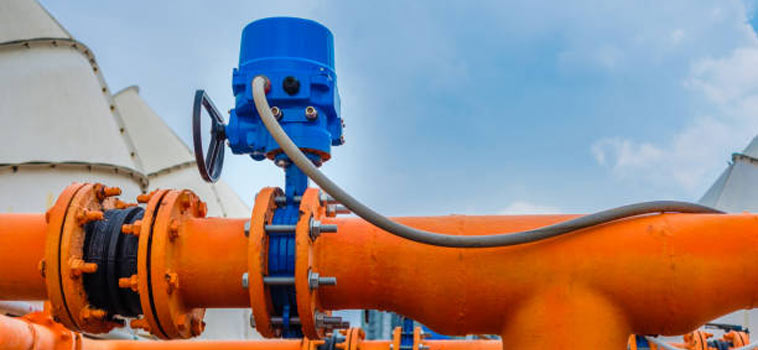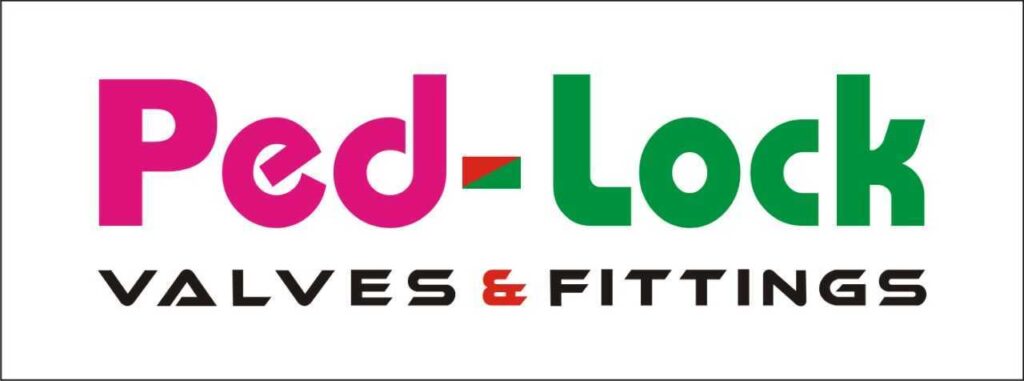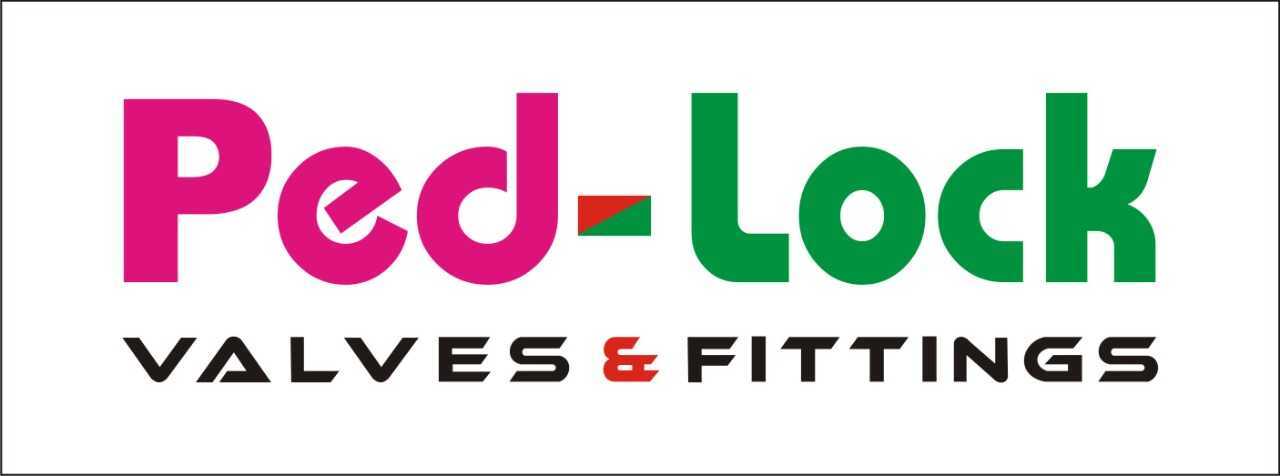Manufacturing of a Ball Valve

A ball valve is a type of quarter-turn valve that uses a hollow, perforated and pivoting ball to control the flow of fluid through it. Ball valves are commonly used in industrial applications where precise control over fluid flow is required. In this blog, we will discuss the manufacturing process of a ball valve.
Step 1: Design and Material Selection The first step in the manufacturing process of a ball valve is the design and material selection. The design of a ball valve is based on the specific application requirements, such as pressure rating, temperature range, fluid type, and flow rate. The material selection is also important to ensure that the ball valve can withstand the harsh environment of the application. Common materials used for ball valves include stainless steel, brass, and PVC.
Step 2: Raw Material Preparation Once the design and material selection are finalized, the next step is the preparation of raw materials. Raw materials are purchased in bulk, and then processed to the required shape and size. This may involve cutting, drilling, milling, and grinding of the material.
Step 3: Ball Formation The ball is the most critical component of a ball valve. The ball is formed from a round bar of the selected material. The bar is cut to the required length, and then heated to a high temperature in a furnace. Once the bar is heated to the correct temperature, it is placed in a forging press, which forms the ball into the required shape.
Step 4: Machining and Assembly The ball is then machined to the required size and shape. This involves drilling a hole through the center of the ball and machining the ball to the required tolerances. Once the ball is machined, it is assembled into the valve body. The valve body is typically made of two or three pieces, which are bolted together. The ball is then inserted into the valve body and secured in place using a stem and gland.
Step 5: Testing Once the ball valve is assembled, it is subjected to rigorous testing to ensure that it meets the required specifications. This involves pressure testing to ensure that the valve can withstand the maximum pressure of the application. The valve is also tested for leaks and flow control to ensure that it can provide the required performance.
Step 6: Finishing and Packaging The final step in the manufacturing process of a ball valve is finishing and packaging. The valve is cleaned, inspected, and then coated with a protective coating to prevent corrosion. The valve is then packaged and shipped to the customer.
In conclusion, the manufacturing process of a ball valve is a complex process that involves multiple steps, including design, material selection, raw material preparation, ball formation, machining and assembly, testing, finishing, and packaging. A well-designed and well-manufactured ball valve is essential for many industrial applications, providing precise control over fluid flow, durability, and reliability.



